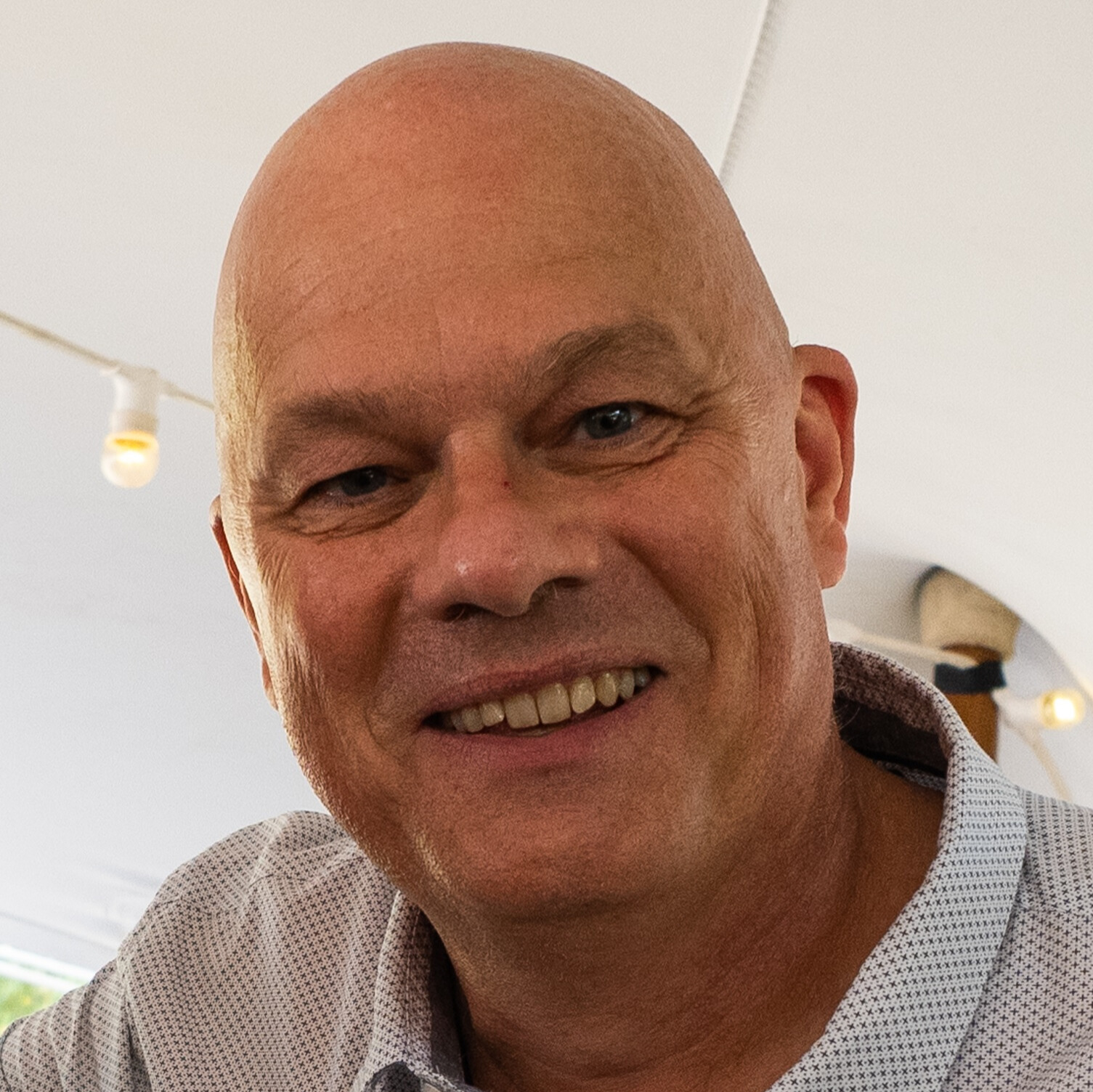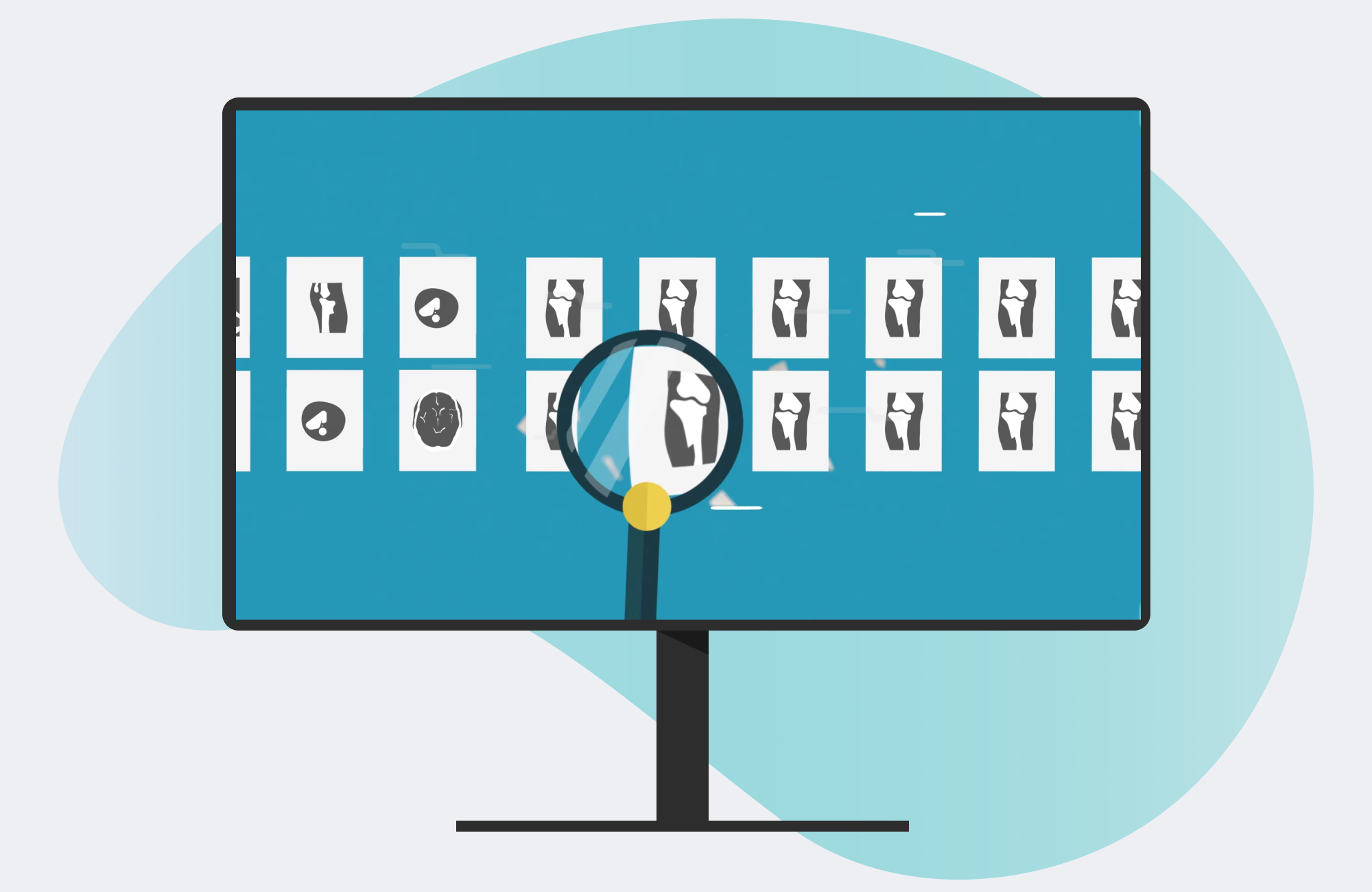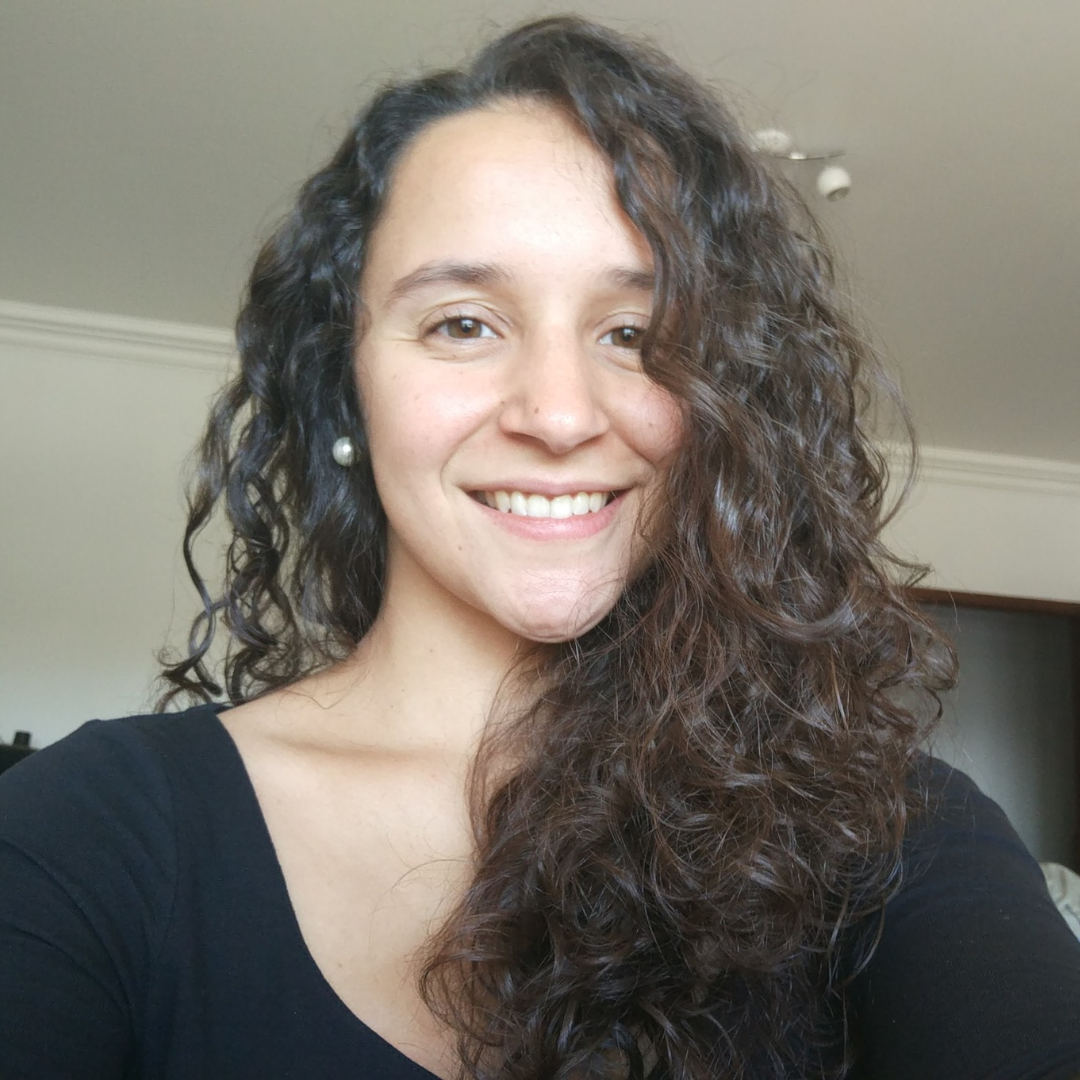An interview with Célia Cruz, bioengineer and startupper, about good practices in design and development, including in medical simulation
WvM: Dear Célia, it is a pleasure to see you here on the 17th floor of the Hotel Dom Henriques, overlooking Porto. It’s been a while since you worked in our group on the design of a fetal distress simulator. What have you been doing since then?
CC: Well, after finishing my studies in Bioengineering at the University of Porto (UP), I did a PhD at the University of Minho. Then I worked in the startup PeekMed that developed a simulation for planning surgical interventions. In 2021 I founded my own startup Complear, which supports companies in the regulatory and quality aspects of medical device development. I also have a position at the University of Porto to teach the Bioengineering Management and Innovation course.
WvM: Congratulations! Can you tell me a little bit more about PeekMed?
CC: PeekMed is an Artificial Intelligence-based preoperative planning system for orthopedic surgery. The tool allows you to visualize, add, and manipulate objects in 3D space. It then automatically places the digital model of the prosthesis in the correct position, allowing us to estimate the correct size of the real prosthesis to be used in surgery.
WvM: With a tool that has an impact on treatment, I imagine that the regulatory aspects were never far from the developers’ minds?
CC: Indeed! As a solution that has a medical purpose and is used to support the treatment of real patients, it is considered a medical device. As such, it must comply with the legislation of the various countries in which it intends to enter the market. In the case of the European Union this currently corresponds to the medical devices regulation, in order to ensure safety of patients and users, and performance of the solution.
WvM: Can you also tell me a little more about your academic activities?
CC: We present an adaptation of the Stanford Biodesign method for designing innovative healthcare solutions, which consists of distinct phases of needs exploration, stakeholder interaction, consideration of intellectual property and regulatory aspects, industry and competition analysis, market analysis, and establishment of a business model.
WvM: Before starting the development of a new product?
CC: Ideally yes, but various parts of this process are carried out iteratively throughout the development cycle.
WvM: This is not very different from the process of designing simulations and simulators that we advocate. What are some of the risks if you don’t apply this method?
CC: From a business point of view, one of the main reasons why startups fail is because of the lack of market fit of the product. This is why a proper study of the market and understanding the need by the various stakeholders is crucial.
WvM: And from the regulatory point of view?
CC: It is crucial to have a systematic process that follows good practices early in the design and development process. Otherwise a change in the design of the solution before it enters the market may be required. Or, if the product has already entered the market, it may have consequences for the safety of patients and even require a recall. A well-known case in the 1980s is the Therac-25, a medical device designed to administer precise doses in radiation treatment. Due to a design flaw and incorrect risk analysis, the Therac-25 had a serious software error that resulted in several accidents and radiation overdoses. It is an example of the consequences of inadequate risk analysis and failures in medical device development. These are the good development practices that we support from early on in the cycle at Complear. Our goal is to help companies with digital solutions that have or may have a medical purpose to get to market in the most agile way, and to be able to ensure the safety and performance of their solutions.
WvM: Thanks for your ideas and for the first interview in Portuguese for the magazine!
READ ALSO
































